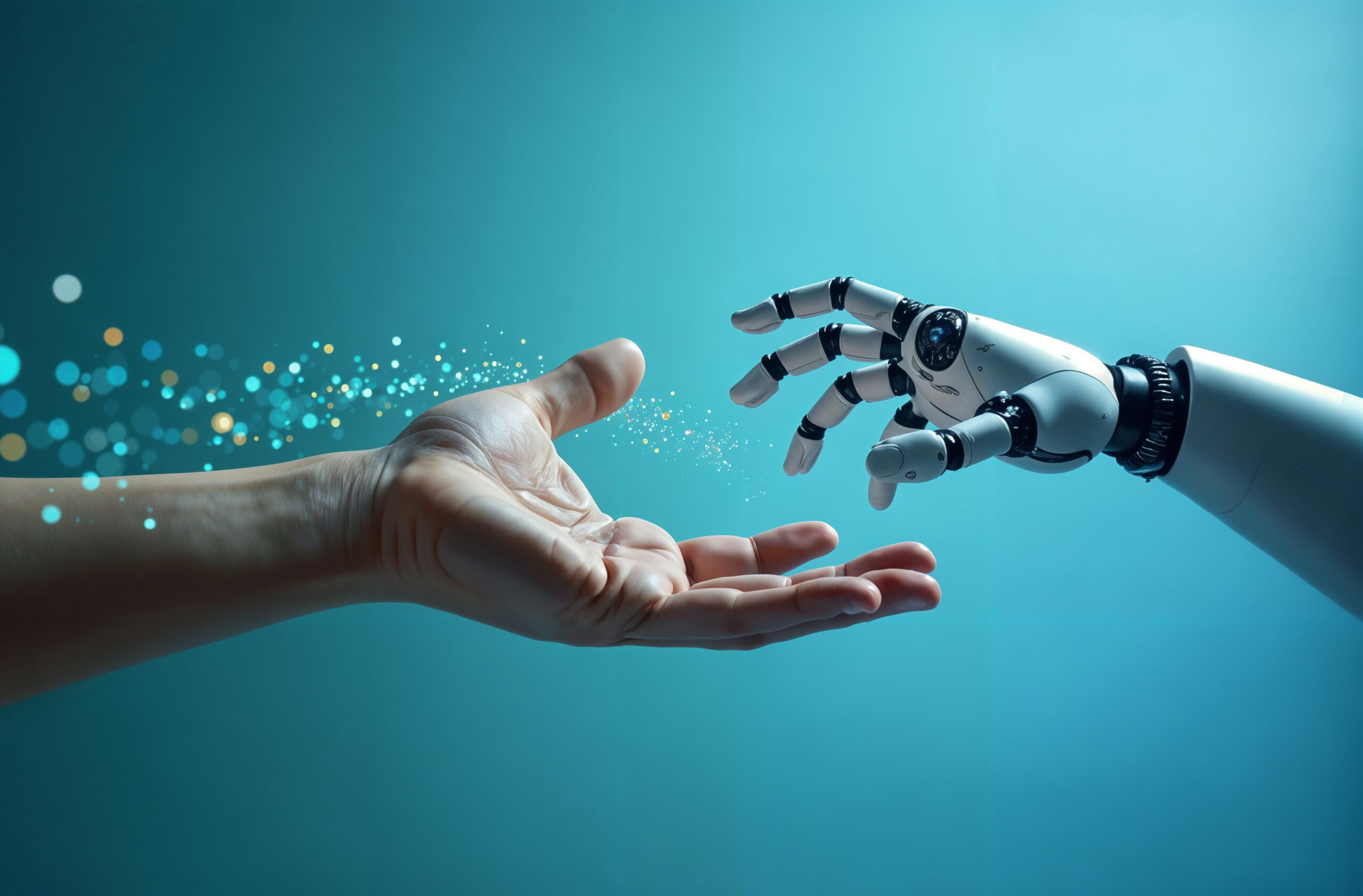When I started working in the robotics industry, I wasn’t sure exactly what to expect. Coming from a background in satellite communications, I was used to dealing with life-saving technology, but robotics felt different. It was faster, newer, and filled with endless possibilities. One of the areas that caught my attention right away was healthcare robotics. As someone who has always cared about technology’s impact on people’s lives, I found it inspiring to see machines not just improving operations but actually helping save lives and protect healthcare workers.
Now, even after leaving that role, I still find myself following the developments closely. Healthcare robotics is just getting started, and I truly believe the future is going to be even more exciting, more personal, and more impactful than we can imagine right now.
How Far We’ve Come
When people hear “healthcare robotics,” they often think about surgical robots like the da Vinci system, or maybe high-tech machines that help with physical therapy. But the field has grown so much broader than that.
In my experience, one of the most important and practical uses of robotics has been in infection control. Working with disinfection robots that used UVC light to sanitize hospital rooms, I saw firsthand how technology could step in to do work that was dangerous, exhausting, and crucial. These robots were not fancy or complicated to operate, but they made a huge difference by lowering the risk of infection for patients and staff. Especially during the COVID-19 pandemic, the need for technologies that could disinfect thoroughly and quickly became urgent.
And that’s just one piece of it. Today’s healthcare robots can deliver medications, transport linens and supplies, help with patient lifting and mobility, and even assist doctors in diagnostic tasks. What once seemed like science fiction is becoming routine.
Where We’re Headed
Looking ahead, I think healthcare robotics will continue to move in two major directions: automation and personalization. On one hand, hospitals and clinics are realizing that automating repetitive, physically demanding tasks frees up human workers to focus on what they do best—caring for patients. Robots will continue to take over jobs like transporting materials, cleaning rooms, and assisting with surgeries, allowing nurses and doctors to spend more time interacting with patients.
On the other hand, robots are getting smarter. Advances in artificial intelligence mean machines won’t just perform tasks; they’ll learn from their environments. Imagine a robot that not only delivers supplies but also notices when a patient looks distressed and alerts a nurse. Or a rehabilitation robot that adjusts therapy routines based on how a patient is feeling each day. Personalization like this could dramatically improve recovery outcomes and patient satisfaction.
The Role of AI and Machine Learning
One of the most exciting developments in healthcare robotics is the integration of artificial intelligence. AI helps robots move from being simple machines that follow orders to intelligent assistants that can predict needs, spot problems, and even make decisions in real-time.
In the future, I believe AI-powered robots will help doctors diagnose conditions faster and more accurately by analyzing massive amounts of patient data. They’ll support surgical teams by monitoring vital signs and providing real-time feedback. They might even help with administrative tasks, like scheduling and billing, that often take up more time than people realize.
Of course, we still have a lot of work to do to ensure these technologies are safe, ethical, and accessible. AI systems need to be transparent and fair, especially when lives are involved. But the potential for positive change is incredible.
Robots Won’t Replace Healthcare Workers—They’ll Support Them
One thing I always tell people when we talk about robots in healthcare is that robots are not here to replace nurses, doctors, or caregivers. They’re here to support them.
Healthcare is, at its heart, a human profession. It’s about compassion, understanding, and connection. Robots can lift heavy loads, clean rooms, and deliver medicines, but they can’t hold a patient’s hand during a scary moment or reassure a worried family member.
By taking over the routine and physical tasks, robots give healthcare workers more time to do what only humans can do: care. I think that’s one of the most beautiful aspects of the future we’re building.
Challenges We Need to Face
Of course, as exciting as the future of healthcare robotics is, there are real challenges ahead. Cost is a big one. Robots can be expensive to buy, maintain, and operate, which can make it harder for smaller hospitals or rural clinics to access the technology.
Training is another issue. Staff need to feel comfortable using robots, and that requires time, support, and patience. There’s also the challenge of integrating robotics into already busy and complicated healthcare systems without causing disruptions.
We also need to think carefully about privacy and data security. As robots become more connected to hospital networks and patient records, keeping sensitive information safe must be a top priority.
Working in robotics opened my eyes to a world of possibilities, and healthcare is one of the most meaningful places where those possibilities are taking shape. As we move forward, I hope we’ll continue to focus on technologies that support and empower people—both patients and providers.
The future of healthcare robotics isn’t about machines taking over. It’s about creating a safer, smarter, more human-centered healthcare system where technology and compassion go hand in hand.
I feel lucky to have been part of this journey, and I can’t wait to see where it goes next
